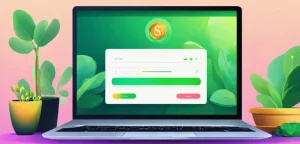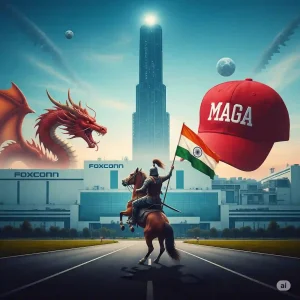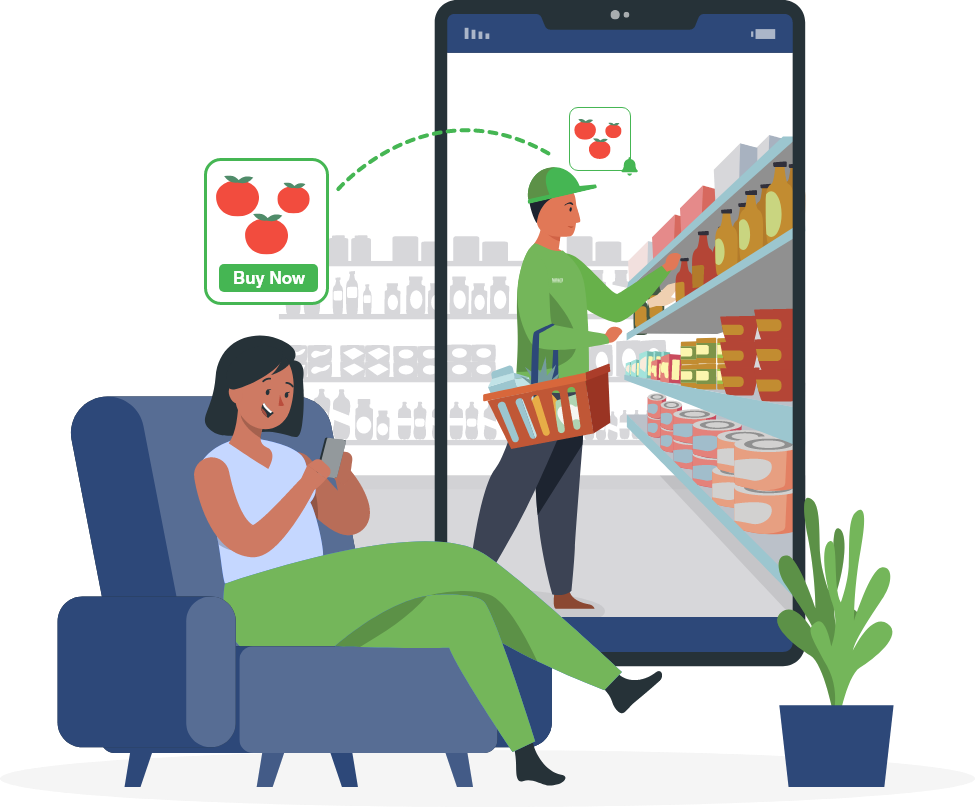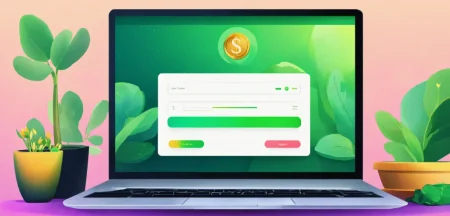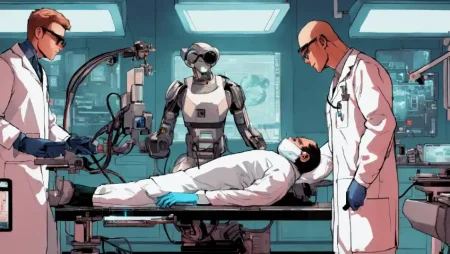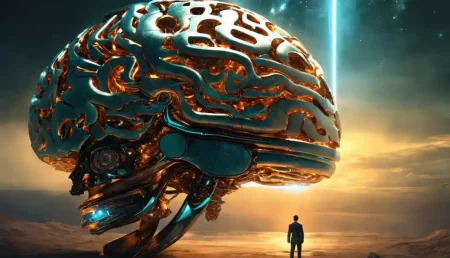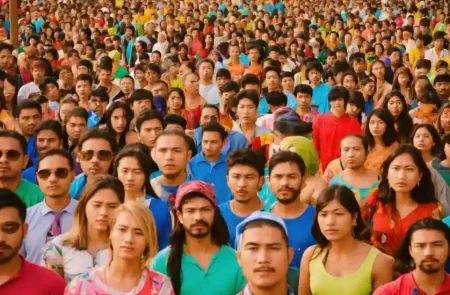Delivering groceries within 10 minutes is no less than a technological miracle, finds out Satyen K. Bordoloi as he takes stock of the innovations that make it possible for apps to do so
It cannot get faster than this. To go to the kitchen, decide, open, pour and pick snacks to go with your favourite OTT movies – at times – takes longer than 10 minutes. Yet, there are over 80 apps and services worldwide that deliver bagfuls of goodies in less than that.
This flash, instant, ultrafast (can we coin a new term: ultrasuperfast delivery virus mostly began abroad during the pandemic as all our shopping moved online. The Jokr, Gopuff, Gorillas, Buyk, Getir, etc. of the west, became BlinkIt, Zepto, Dunzo,OlaDash, SwiggyInstamart etc. in India.
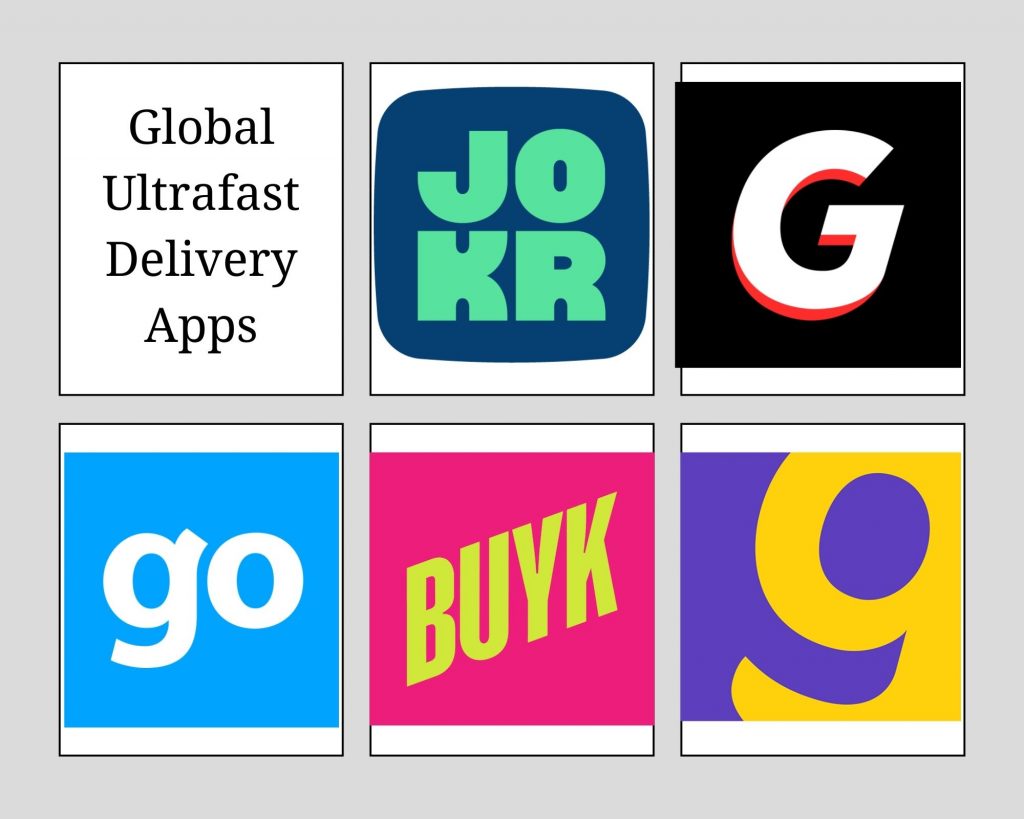
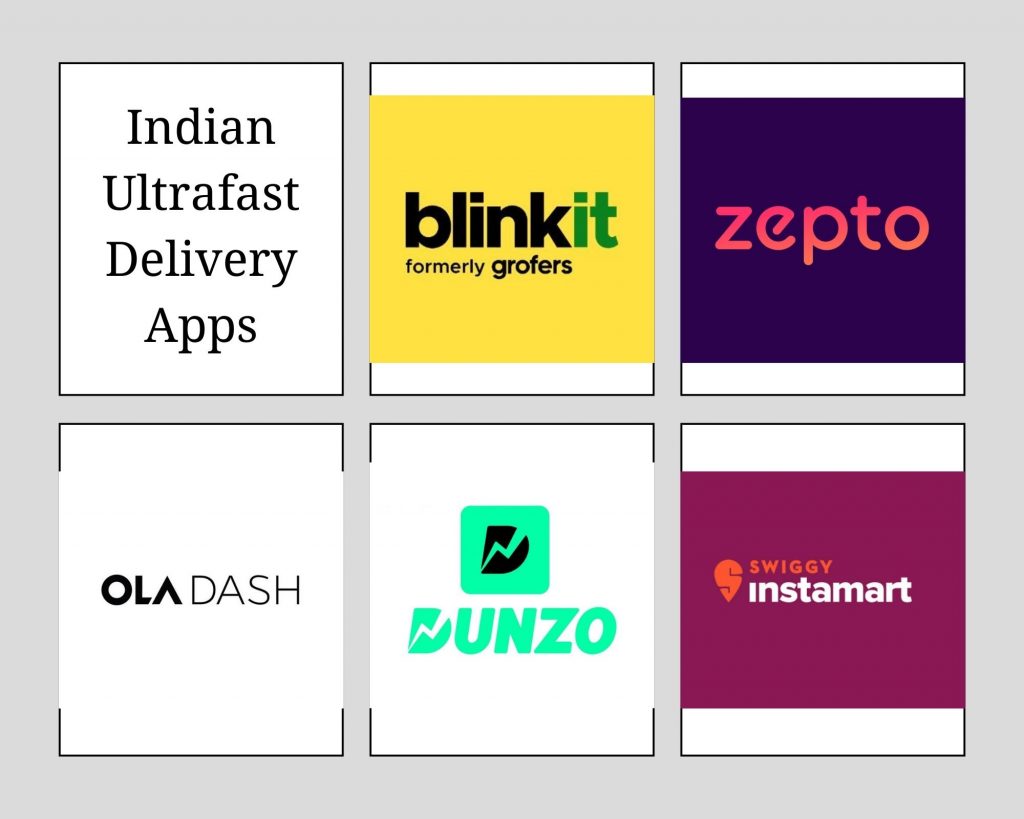
Yet, no matter where in the world it is, the innovation and technology employed by each for ultrafast delivery, is identical.
It’s a race Usain Bolt can be proud of. From the instant you check out on the apps, a superfast, hyperlocal logistical challenge is set off. The first and most important is that within a fraction of a second, the app – using GPS (mostly it is determined the moment you begin using the app) – figures out the nearest ‘dark store’ to your house. If the app makes a mistake in this step, it can kiss ultrafast deliveries goodbye.
Dark stores for ultrafast delivery apps are micro fulfilment centres which, unlike the huge warehouses outside cities used by big players like Amazon, are usually smaller distribution centres located in the middle of densely populated urban areas with good road connectivity. E.g. BlinkIt says most of its fulfilment centres are under two kilometres from the person who’s ordering.
These dark stores are not open to the masses. Though at first glance they might appear like conventional aisles and shelves full of groceries, they are different. The irony is that these so-named ‘dark stores’ are perhaps the most lit up stores in the whole city. The reason is simple: you need things to be lit up well so that the packers don’t make a mistake in picking and packing products.
The placement of products in these stores are also not what you will find in traditional stores. Big stores and Supermarkets have planograms: a way to arrange products in such a way as to give the best buying experience to a user. Thus you will find toothbrushes next to toothpaste because thinking of one automatically recalls the other in mind.
A dark store though is utilitarian to the extreme. Here things are stored based upon data i.e. what is ordered most together in that particular app. If the data changes, so do the placement of these products. E.g. if a large number of people on Zepto order baking soda and toothpaste together, then that’s what you’ll find placed alongside in these dark stores, rather than in different sections as in a normal store.
The moment an order is received by a particular store a picker moves around with a cart that has grocery bags. This picker can pick more than one order at a time in the cart. A tablet fastened to the trolley tells him – based upon numbered shelves – where he can find the product ordered. The program on the tablet prearranges the picking order in such a way that the heavy items are taken first and thus placed in the bottom of the grocery bag. Before being put into the bag, the picker scans the product.
Within a few minutes, a dozen or more products can be loaded in the grocery bag, packed and given to a rider who uses GPS to find the shortest route to your house and reach you within the stipulated time. The delivery route is optimised based on real traffic data and road congestion. In India, most of these riders are on motorised two-wheelers. In many parts of the world, cycles are also used for their ability to sneak in through the tightest corners.
Because every product is scanned at the moment of picking and the local and central databases are updated automatically, inventory awareness is constant. Thus the products that have emptied out in the day from a dark store, are replenished with new stocks from the bigger warehouses, usually at the end of the day, or the beginning of the next.
This instant-delivery grocery business is a ‘red ocean industry’. It is called so because the business is so competitive and cut-throat with rivals out to grab a greater share of the existing market at all costs, that the ocean soon becomes ‘red’ with the blood of those companies that do not survive. Almost none of the ultrafast delivery companies: be it new entrants BlinkIt, Zepto, Dunzo, OlaDash etc. or the old warhorses like Swiggy and Zomato who are adopting the instant delivery model, are making money out of this business. Within the next few years, most of them won’t survive.
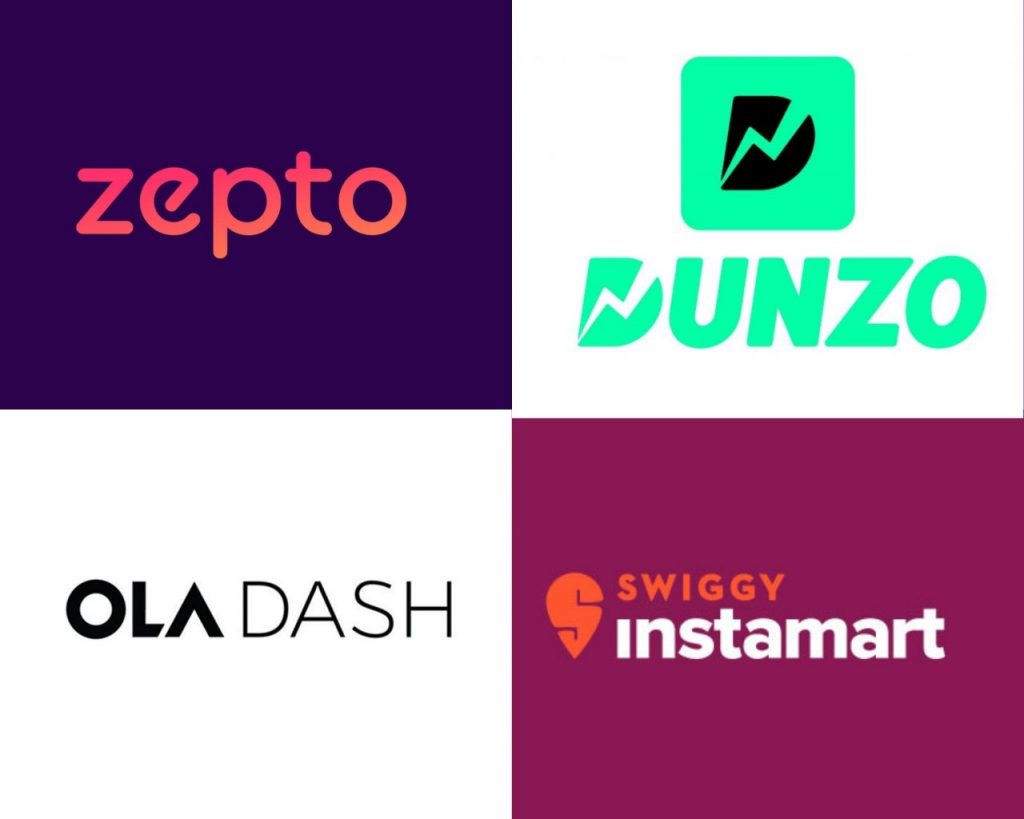
Indeed, these companies are spending millions of dollars in customer acquisition with little to no light at the end of the expenditure tunnel in the near future. The reason they are still going after it is that they hope to hook consumers to ultrafast deliveries. The high expense is written off as a cost for customer acquisition.
Why they are doing this is to capture as much of the potential market as possible. Data from Forrester Research shows India’s retail market was worth an estimated $883 billion last year, of which grocery retail accounted for $608 billion. By 2024, the market is expected to grow to $1.3 trillion. Each instant delivery service, want to own the largest chunk of this pie.
Yet, problems are aplenty. Sometimes the programs and applications – GPS, scanning, inventory – that make instant delivery possible, don’t work too well. Larger deliveries increase profit margins. But most people are putting smaller orders: a few packets of chips or just a couple of ice creams. Even for these tiny orders, the same complicated process is activated and the cost incurred by the apps is the same without the returns being equal.
The industry thus has a lot of challenges ahead of them. Yet, the most important one is an existential one. Yes, we have the technology to deliver groceries within 10 minutes, but in a nation where life-saving ambulances don’t reach the needy in even double that time, should we ask for ice cream in half of that?
There is no easy answer. But the ‘ultrasuperfast’ delivery industry in India is proud that they can provide the miracle of almost instant delivery to the masses. Whatever else they may claim, but that ten minutes’ delivery is a technological marvel is indeed true. Because the only way to deliver faster would be to literally print them in food synthesizers and replicators found in science fiction like Star Trek. Since that level of technological advancement is centuries away, don’t be surprised if instant grocery delivery does the impossible: gets even faster than it already is.
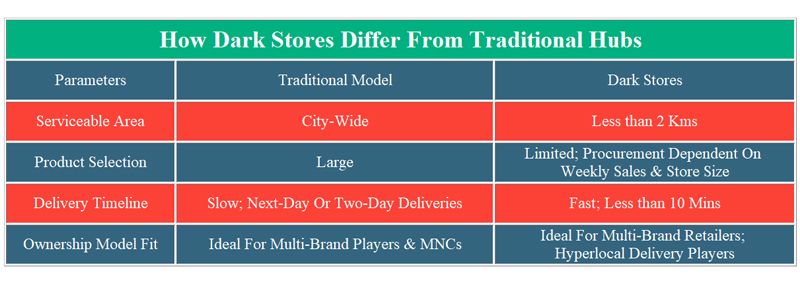
Introduction Image Courtesy: Holisol
In case you missed:
- AI Washing: Because Even Your Toothbrush Needs to Be “Smart” Now
- In Meta’s Automated Ad Creation Plan, A Fully Transformed Ad World
- Rufus & Metis Tell Tales of Amazon’s Delayed AI Entry
- Kodak Moment: How Apple, Amazon, Meta, Microsoft Missed the AI Boat, Playing Catch-Up
- Hey Marvel, Just Admit You’re Using AI – We All Are!
- What are Text-to-Video Models in AI and How They are Changing the World
- A Data Centre on the Moon – From Sci-Fi to Necessity
- And Then There Were None: The Case of Vanishing Mobile SD Card Slots
- Google’s Willow Quantum Chip: Separating Reality from Hype
- Susan Wojcicki: The Screaming Legacy of The Quiet Architect of the Digital Age
